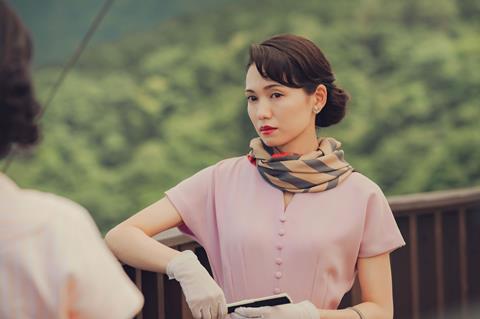
When writing the script for A Pale View Of Hills, based on the debut novel by Kazuo Ishiguro, writer/director Kei Ishikawa received an important note direct from the source. The Nobel Prize-winning author had alterations he felt were needed since the story was first published in 1982.
“We had an initial meeting on Zoom, which I imagined would just be a quick introductory chat, but ended up going two or three hours,” says Ishikawa. “He had just written Living, so had many thoughts about adapting novels for the screen, and because Pale View was his first novel, there were things he had always wanted to alter.”
The story follows recently married homemaker Etsuko (Suzu Hirose) in 1950s Nagasaki, whose life begins to change when she meets a forceful, mysterious woman (Fumi Nikaido) with dreams of living abroad. Etsuko’s story, in which she navigates family dynamics, her new friendship and the scars of war, is told in flashback by her older self (Yoh Yoshida) to her daughter in 1980s England, where she has emigrated.
Psychological scars
Notably, the story deals with the aftermath of the atomic bombing of Nagasaki. Ishiguro, also an executive producer, and Ishikawa agreed that the physical and psychological scars of that catastrophic act should be brought into greater focus than in the novel. “It has been 80 years since the war and, as memories begin to fade, it’s important to say the things that need to be said, to portray them clearly,” says the filmmaker, who realised that even the 1980s section felt like distant history to younger members of his team.
A Pale View Of Hills marks Ishikawa’s Cannes debut and will premiere in Un Certain Regard. His slowburn drama A Man bowed at Venice in 2022 and won eight awards from the Japan Academy, including best picture and best director.
His latest project began when Ishikawa was approached by producer Hiroyuki Ishiguro (no relation to Kazuo) of U-Next, Japan’s leading local streaming platform. They were joined by Miyuki Fukuma from Bunbuku, the production company led by Palme d’Or winner Hirokazu Kore-eda. The UK’s Number 9 Films followed, having worked with Ishiguro on Living, which went on to land Oscar and Bafta nominations. Additional partners include Poland’s Lava Films (The Girl With The Needle) and composer Pawel Mykietyn, who won the soundtrack award at Cannes in 2022 with EO.
“I wanted to find international partners,” says Ishikawa. “I knew that if we tried to do it entirely domestically, the UK section in particular would turn out half-baked.”
Filming took place in locations around Japan between June and July 2024, with an additional nine days in Hertfordshire, near London, in September. Though the 1950s section of the film is set in Nagasaki, shooting there did not make sense.
“We scouted there, but as so much has changed [since the period], we would have had to use a lot of CG and green screen,” says Ishikawa.
The director’s impression of Hirose, one of Japan’s top young actresses, had come largely from work she did in her teens, in films such as Kore-eda’s Our Little Sister. But working with her a decade later revealed her maturity. “This was a tough role, but she came to the set every day with a specific plan and interpretation of each scene, so I didn’t need to give much direction,” reveals Ishikawa.
Meanwhile, co-star Nikaido — most recently seen in acclaimed FX series Shogun — spent time studying the acting style of Japanese actresses of the 1950s, bringing to set her own unique atmosphere. “Having these two giants perform together gave the whole set a kind of crackling energy,” recalls the director.
After Cannes, A Pale View Of Hills will open in Japanese cinemas on September 5 through distributor Gaga (which also sells the film in the market) before streaming on U-Next. Ishikawa’s next film is in the process of securing producers and finalising a script, with plans to shoot in Poland next year.



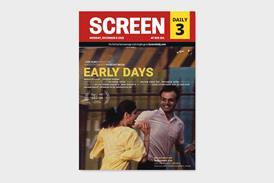
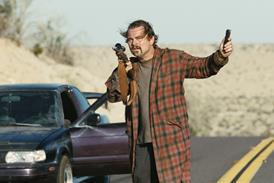

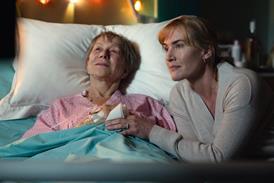
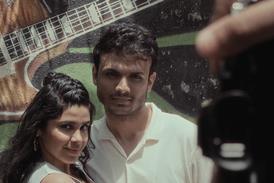





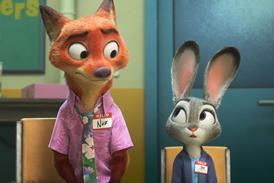

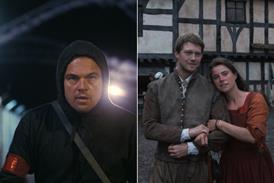








No comments yet